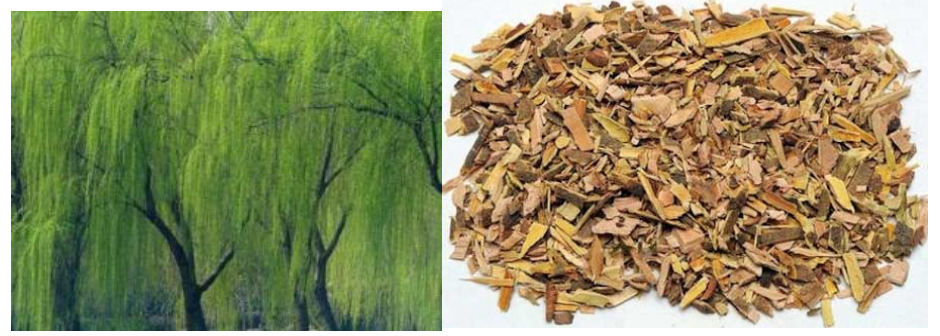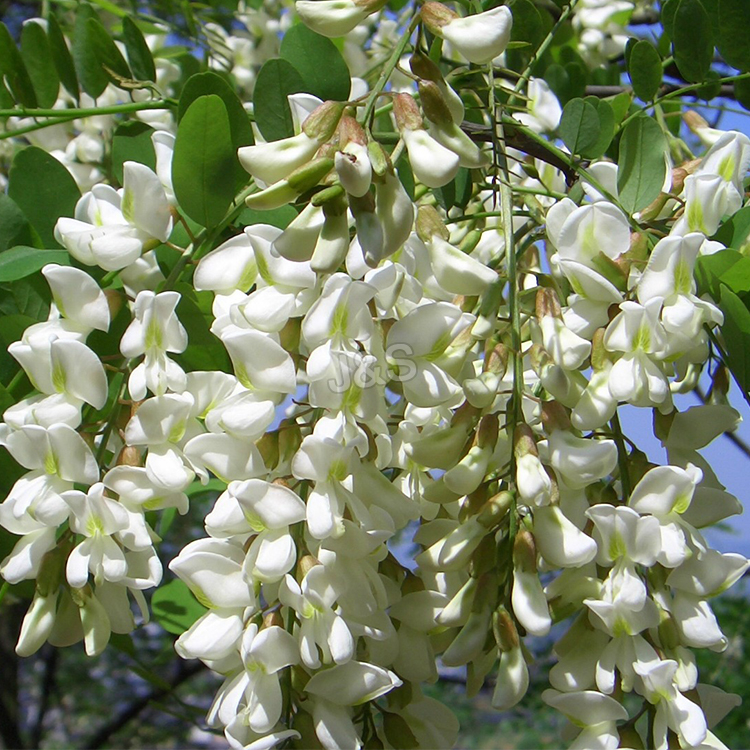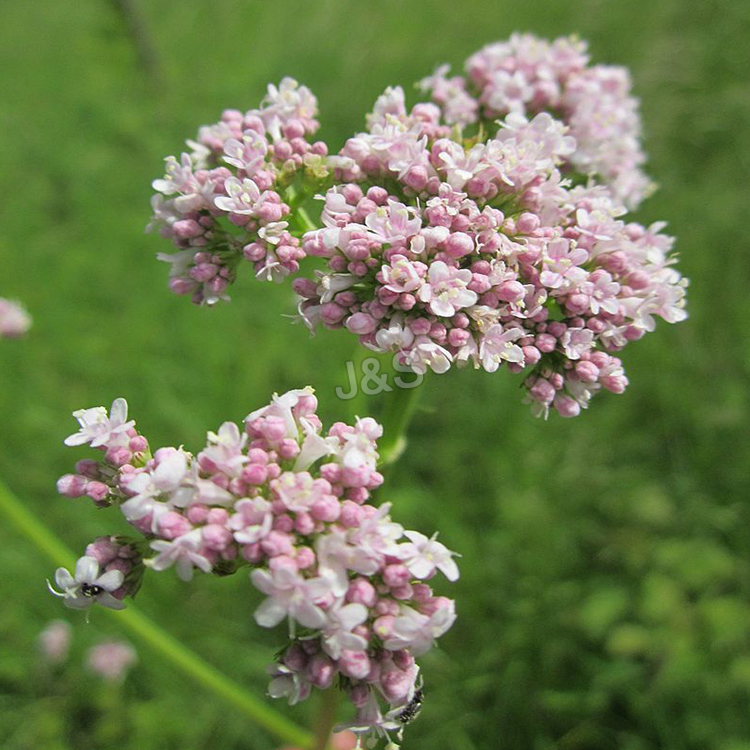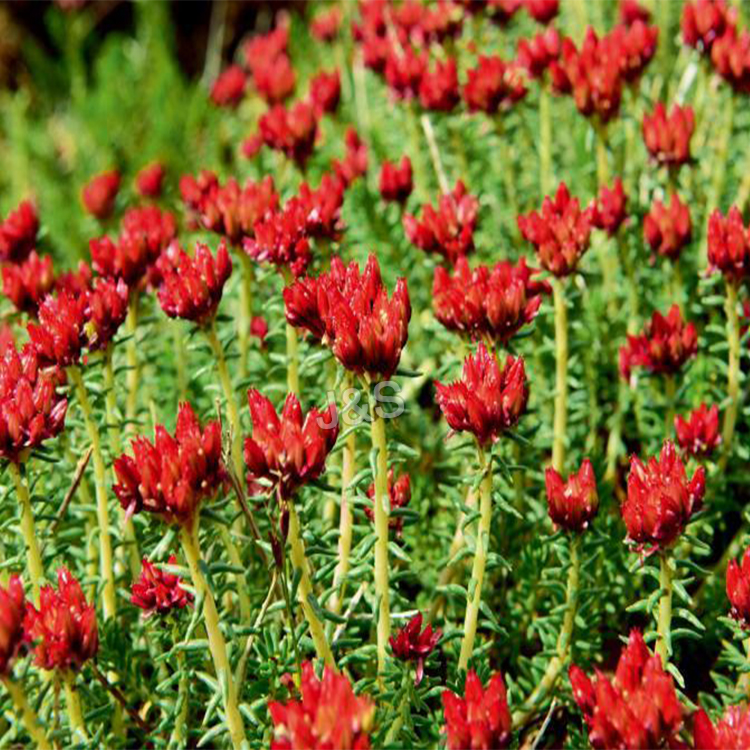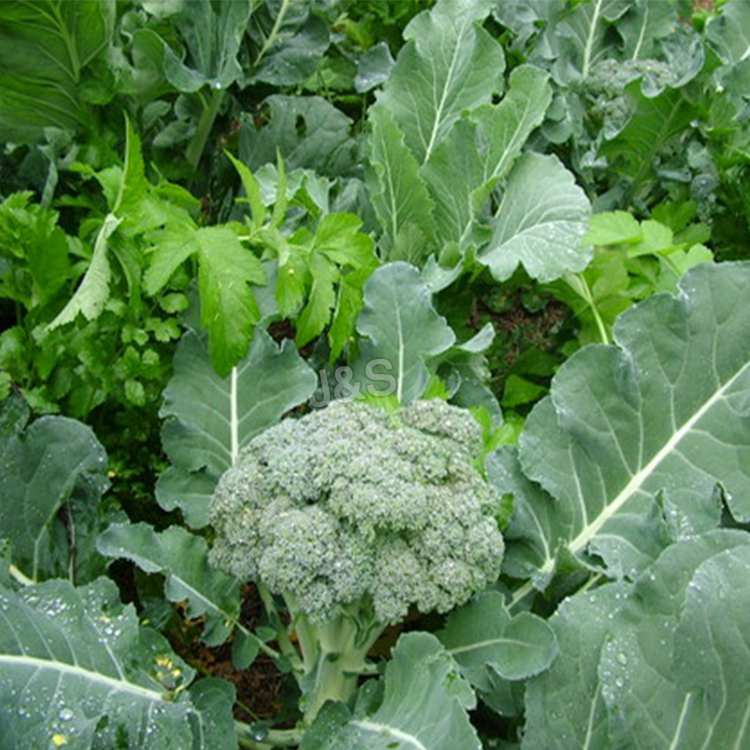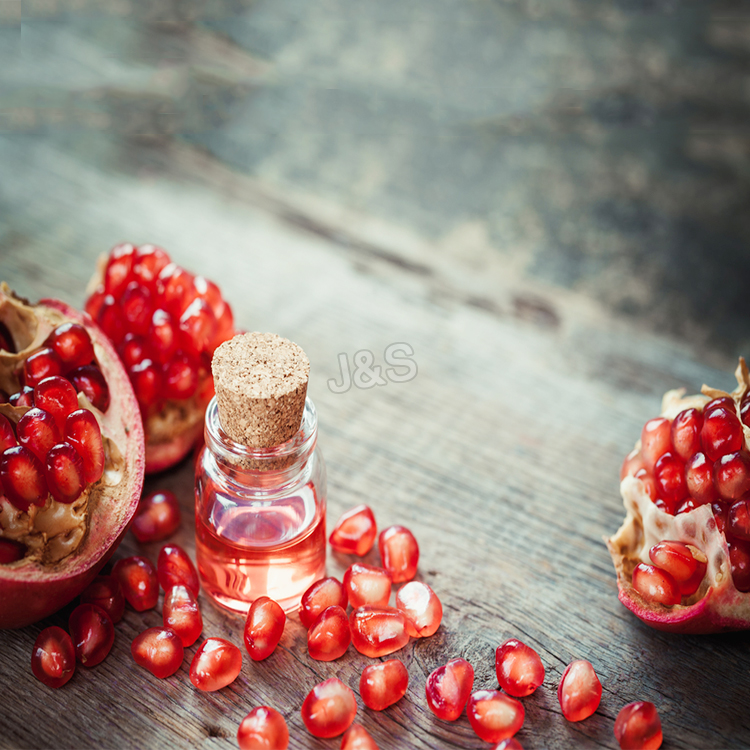Good Quality for White Willow Bark Extract Manufacturer in Moscow
Good Quality for White Willow Bark Extract Manufacturer in Moscow Detail:
[Latin Name] Salix alba L.
[Plant Source] from China
[Specifications] Salicin 15-98%
[Appearance] Yellow Brown to White powder
Plant Part Used: Bark
[Particle size] 80 Mesh
[Loss on drying] ≤5.0%
[Heavy Metal] ≤10PPM
[Storage] Store in cool & dry area, keep away from the direct light and heat.
[Shelf life] 24 Months
[Package] Packed in paper-drums and two plastic-bags inside.
[Net weight] 25kgs/drum
Brief Introduction
Salicin is a naturally occurring compound found in the bark of several species of trees, primarily North American in origin, that are from the willow, poplar, and aspen families. White willow, from whose Latin name, Salix alba, the term salicin is derived, is the most well known source of this compound, but it is found in a number of other trees, shrubs, and herbaceous plants as well being synthesized commercially. It is a member of the glucoside family of chemicals and is used as an analgesic and antipyretic. Salicin is used as a precursor for the synthesis of salicylic acid and acetylsalicylic acid, commonly known as aspirin.
A colorless, crystalline solid in its pure form, salicin has the chemical formula C13H18O7. Part of its chemical structure is equivalent to the sugar glucose, meaning it is classified as a glucoside. It is soluble, but not strongly so, in water and alcolhol. Salicin has a bitter taste and is a natural analgesic and antipyretic, or fever reducer. In large quantities, it can be toxic, and overdoses may lead to liver and kidney damage. In its raw form, it may be mildly irritating to skin, respiratory organs, and eyes.
Function
1. Salicin is used to ease pain and reduce inflammation.
2. Relieve acute and chronic pain, including headache, back and neck pain, muscle aches, and menstrual cramps; Control arthritis discomforts.
3. Relieve acute and chronic pain.
4. It has the same effect on the body as aspirin without any of the side effects.
5. It is an anti-inflammatory, a fever reducer, an analgesic, an anti-rheumatic, and an astringent. Specifically, it helps to relieve headaches.
Application
1.Anti-inflammatory, anti-rheumatic,
2.Reduce a fever,
3.Use as an analgesic and astringent,
4.Relieve headache,
5.Ease pain caused by rheumatism, arthritis, and carpal tunnel syndrome.
Product detail pictures:
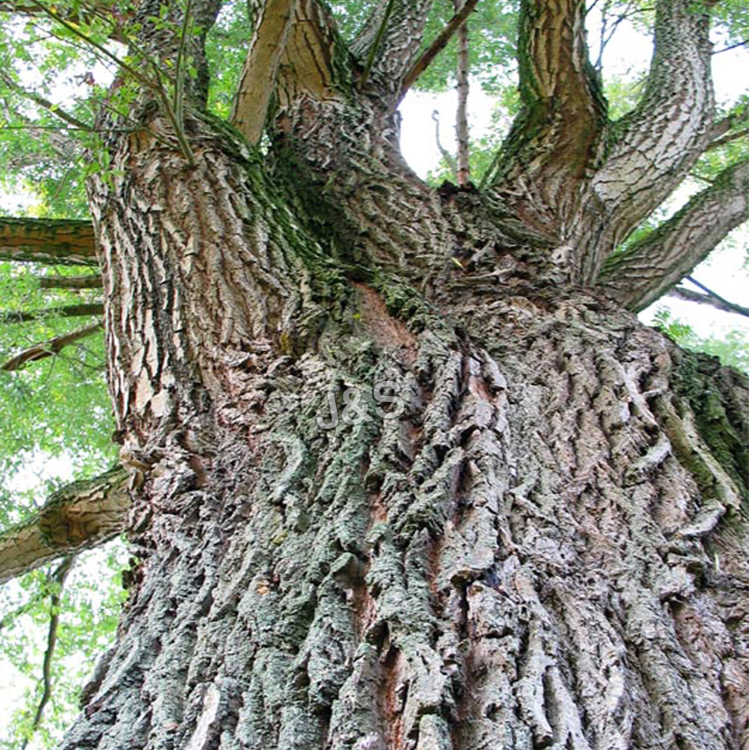
Related Product Guide:
Good Quality for White Willow Bark Extract Manufacturer in Moscow , The product will supply to all over the world, such as: , , ,
Benefits:
Supports the natural, everyday cleansing of toxic waste from the body.
Works without posing dangerous side effects.
Improves energy and promotes a feeling of well-being.
How It Works:
CleanStart is a two-week program that supports natural waste elimination to provide a sense of improved energy and well-being. It contains powerful nutrients that help cleanse and detoxify the body.
Psyllium hulls provide fiber and absorb bowel toxins. In fact, the program delivers 10 grams of fiber per day to promote waste removal. Highly absorbent bentonite clay is often used to support colon health. Aloe vera juice soothes bowel tissue. Chlorophyll helps prevent odor and counteracts bowel toxins. Stevia herb contains stevioside, a natural constituent that is 300 times sweeter than sugar (sucrose). Enviro-Detox cleanses the body of many common environmental pollutants. The formulation includes burdock root, dandelion root, fenugreek seed, ginger rhizome, pepsin, red clover flowers, yellow dock root, marshmallow root extract, sarsaparilla root extract, Bacillus coagulans, cascara sagrada bark, echinacea root extract and milk thistle seed extract. LBS II combines strong, purgative herbs and protective, gentle and soothing herbs to enhance elimination, increase production of digestive enzymes and soothe the digestive tract. LBS II contains cascara sagrada bark, buckthorn bark, licorice root, capsicum fruit, ginger rhizome, Oregon grape root and rhizome, Turkey rhubarb root, couch grass rhizome and red clover flowers.
Ingredients:
Each drink packet contains psyllium hulls, vegetable fiber, natural apple-cinnamon or wild berry (black currant and raspberry) flavor, potassium citrate, aloe vera inner leaf, malic acid, carrot root extract, stevia leaf extract, sodium copper chlorophyllin and hydrated bentonite. Each capsule pack contains 2 capsules of LBS II and 1 capsule of Enviro-Detox.
Recommended Use:
Take the contents of one cleanse drink packet 15–30 minutes before breakfast and again 15–30 minutes before dinner. Take the contents of 1 capsule packet with breakfast and dinner (twice daily). Mix cleanse packet powder in 8 oz. juice or water. Shake, blend or stir vigorously. Drink immediately. Drink an additional glass of water immediately following this. Drink plenty of water throughout the day.
NOTICE: This product contains cascara sagrada, buckthorn and Turkey rhubarb. See your health care provider prior to use if: pregnant or nursing, any medical condition exists, or when taking any medication. Read and follow recommendation carefully. Do not use if diarrhea, loose stools or abdominal pain are present or develop. Use of this product may worsen these conditions and be harmful to your health. Chronic diarrhea can result in serious illness. May cause allergic reaction in persons sensitive to inhaled or ingested psyllium.
Warning: Long, science-heavy video. No funny cats or guys getting hit in the nuts.
Artificial sweeteners, or as they are usually referred to in the literature “non-caloric” sweeteners or “high-intensity” sweeteners, address the problem of sugar calorie excess in our diet. They’ve been demonstrated to support weight loss or maintenance, reduce cavities and can be part of a healthy lifestyle.
Much focus has been on
CSPI report: https://www.cspinet.org/reports/chemcuisine.htm
I disagree with CSPI on about 25% of their rankings, but I appreciate that they take a very conservative stance.
Citations:
Aspartame:
1. Comp Funct Genomics. 2010. In vivo cytogenetic studies on aspartame.
2. Drug Chem Toxicol. 2004 Aug;27(3):257-68. Genotoxicity of aspartame.
3. Am J Ind Med. 2010 Dec;53(12):1197-206. Aspartame administered in feed, beginning prenatally through life span, induces cancers of the liver and lung in male Swiss mice.
4. Toxicol In Vitro. 2011 Feb;25(1):286-93. In vitro effect of aspartame in angiogenesis induction.
Sucralose:
5. Regul Toxicol Pharmacol. 2009 Oct;55(1):1-5. An overview of the safety of sucralose.
6. Regul Toxicol Pharmacol. 2009 Oct;55(1):6-12. Expert panel report on a study of Splenda in male rats.
7. Food Chem Toxicol. 2000;38 Suppl 2:S53-69. Acute and subchronic toxicity of sucralose.
8. Food Chem Toxicol. 2000;38 Suppl 2:S71-89. A combined chronic toxicity/carcinogenicity study of sucralose in Sprague-Dawley rats.
9. Food Chem Toxicol. 2000;38 Suppl 2:S91-7. A carcinogenicity study of sucralose in the CD-1 mouse.
AceK:
10. Horm Metab Res. 1987 Jun;19(6):233-8. The effect of artificial sweetener on insulin secretion. 1. The effect of acesulfame K on insulin secretion in the rat (studies in vivo).
11. Food Chem Toxicol. 1997 Dec;35(12):1177-9. In vivo cytogenetic studies on mice exposed to acesulfame-K–a non-nutritive sweetener.
General reviews:
12. Ann Oncol. 2004 Oct;15(10):1460-5. Artificial sweeteners–do they bear a carcinogenic risk?
13. Yale J Biol Med. 2010 Jun;83(2):101-8. Gain weight by “going diet?” Artificial sweeteners and the neurobiology of sugar cravings
14. Int J Obes Relat Metab Disord. 1996 Mar;20 Suppl 2:S12-7. Effect of sucrose and sweeteners on appetite and energy intake.
15. Am J Clin Nutr. 2009 Jan;89(1):1-14. Nonnutritive sweetener consumption in humans: effects on appetite and food intake and their putative mechanisms.
16. Physiol Behav. 2010 Apr 26;100(1):55-62. High-intensity sweeteners and energy balance.
17. Physiol Behav. 2009 Dec 7;98(5):618-24. Effect of moderate intake of sweeteners on metabolic health in the rat.
18. Food Addit Contam. 2006 Apr;23(4):327-38. The intake of intense sweeteners – an update review.
 By from -
By from -
 By from -
By from -

